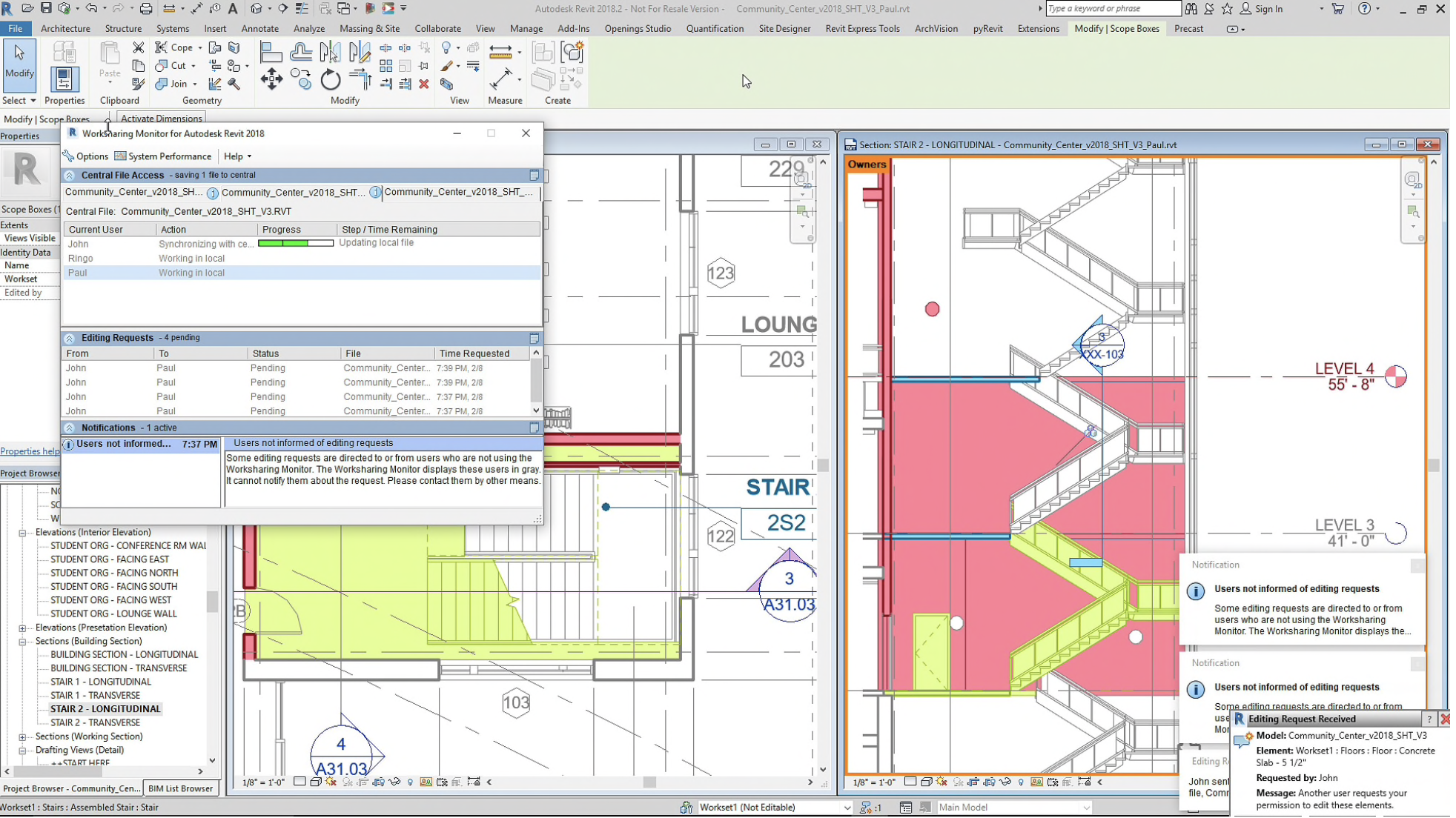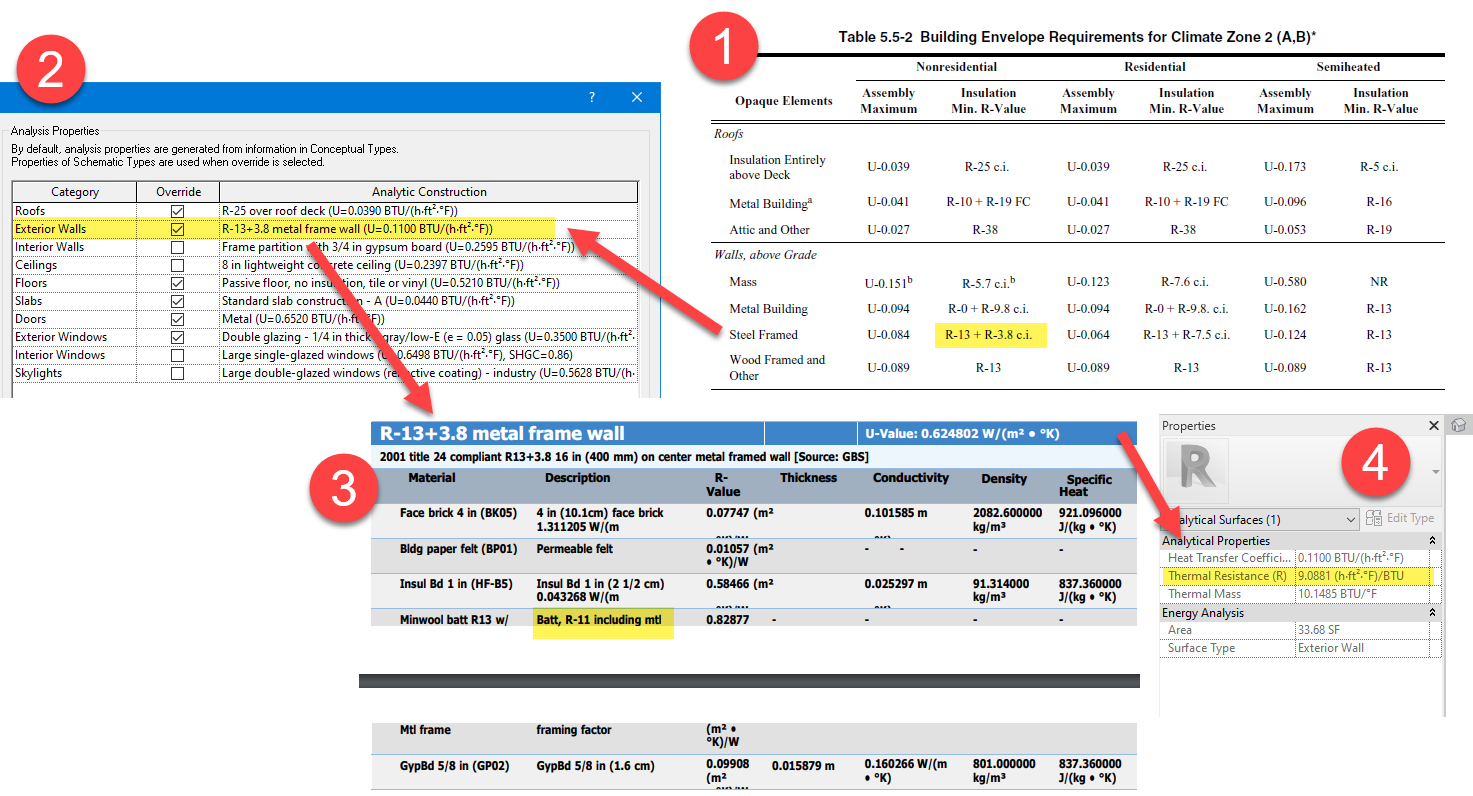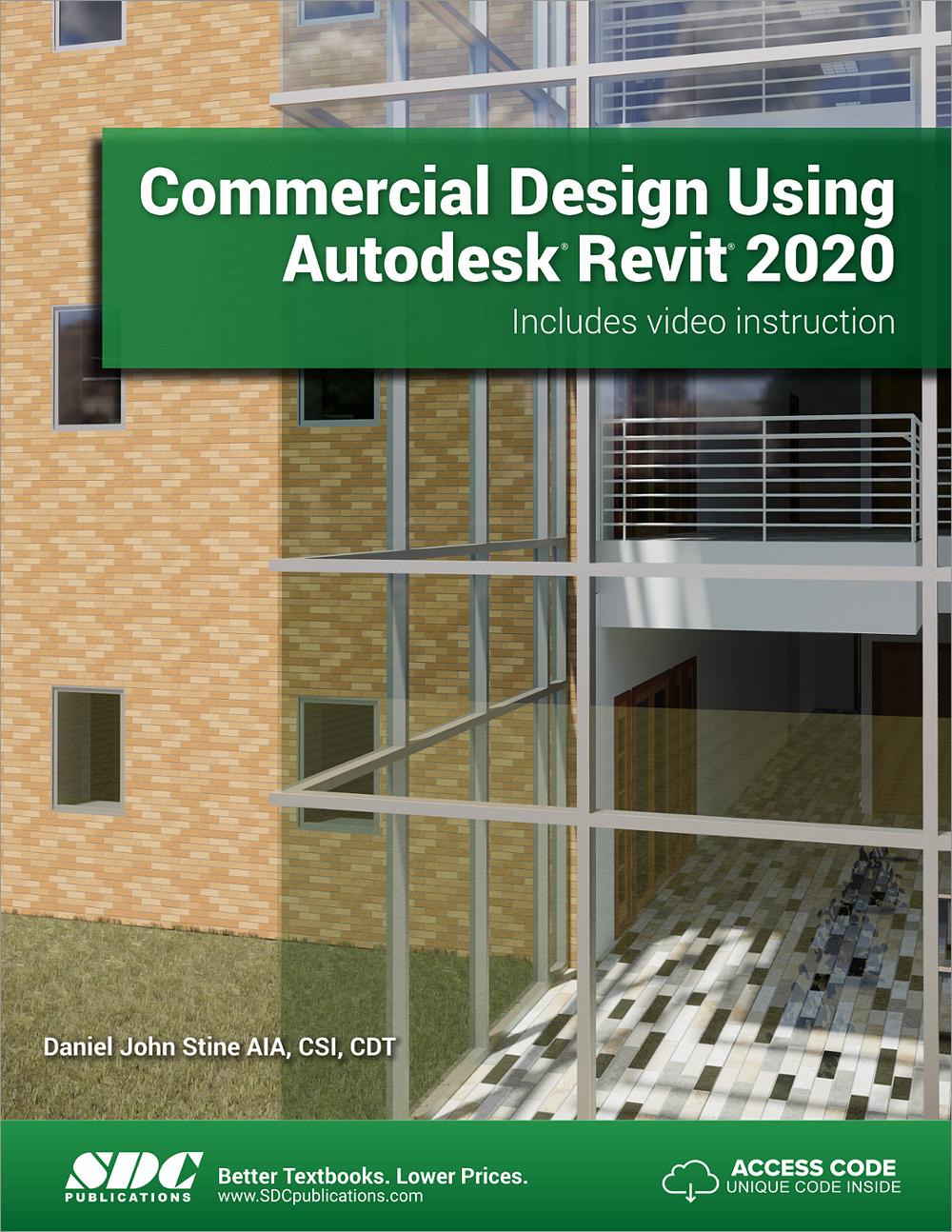
Architects and engineers are equipped with various data and collaboration tools to help them achieve sustainability goals, one of which is Autodesk Revit. Sustainable design and its contribution to green building is now adding business value for many architecture firms.Ĭontributing to this value, data and collaboration are now at the forefront of driving green performance. Impacting all countries, the global green construction market is expected to reach $610 billion by 2027. Passive solar techniques include orienting a building to the sun, selecting materials with favorable thermal mass or light-dispersing properties, and designing spaces that naturally circulate air. Solar energy is an essential source of renewable energy, and its technologies are broadly characterized as either passive solar or active solar depending on how they capture and distribute solar energy or convert it into solar power.Īctive solar techniques include the use of photovoltaic systems, concentrated solar power, and solar water heating to harness the energy. Sustainable smart cities and infrastructure In AEC, the three trends we have identified are: a) net-zero energy buildings, b) circular and zero-waste construction, and c) sustainable smart cities and infrastructure.Ĭ. These targets may be accomplished by implementing innovative sustainable design strategies, generating on-site renewable power, and/or purchasing (20% maximum) renewable energy.The fossil fuel reduction standard for all new buildings and major renovations shall be increased to: 80% in 2020 90% in 2025 and carbon-neutral in 2030 (using no fossil fuel GHG-emitting energy to operate).

At a minimum, an equal amount of existing building area shall be renovated annually to meet a fossil fuel, GHG-emitting, energy consumption performance standard of 70% of the regional (or country) average/median for that building type.


All new buildings, developments, and major renovations shall be designed to meet a fossil fuel, GHG-emitting, energy consumption performance standard of 70% below the regional (or country) average/median for that building type.To accomplish this, Architecture 2030 issued the 2030 Challenge asking the global architecture and building community to adopt the following targets:

Slowing the growth rate of greenhouse gas (GHG) emissions and then reversing it is the key to addressing climate change and keeping global average temperature below 2☌ above pre-industrial levels.


 0 kommentar(er)
0 kommentar(er)
